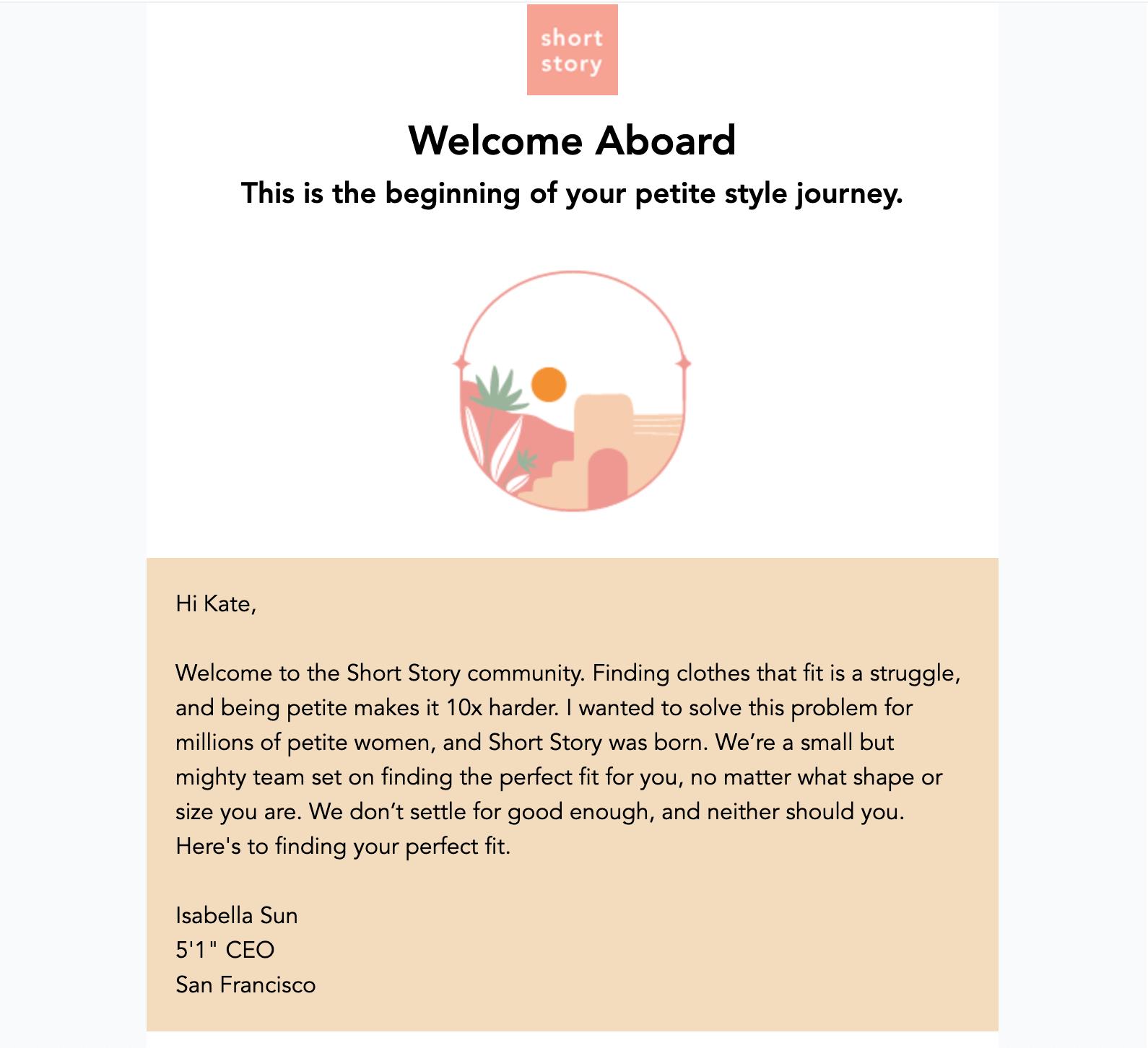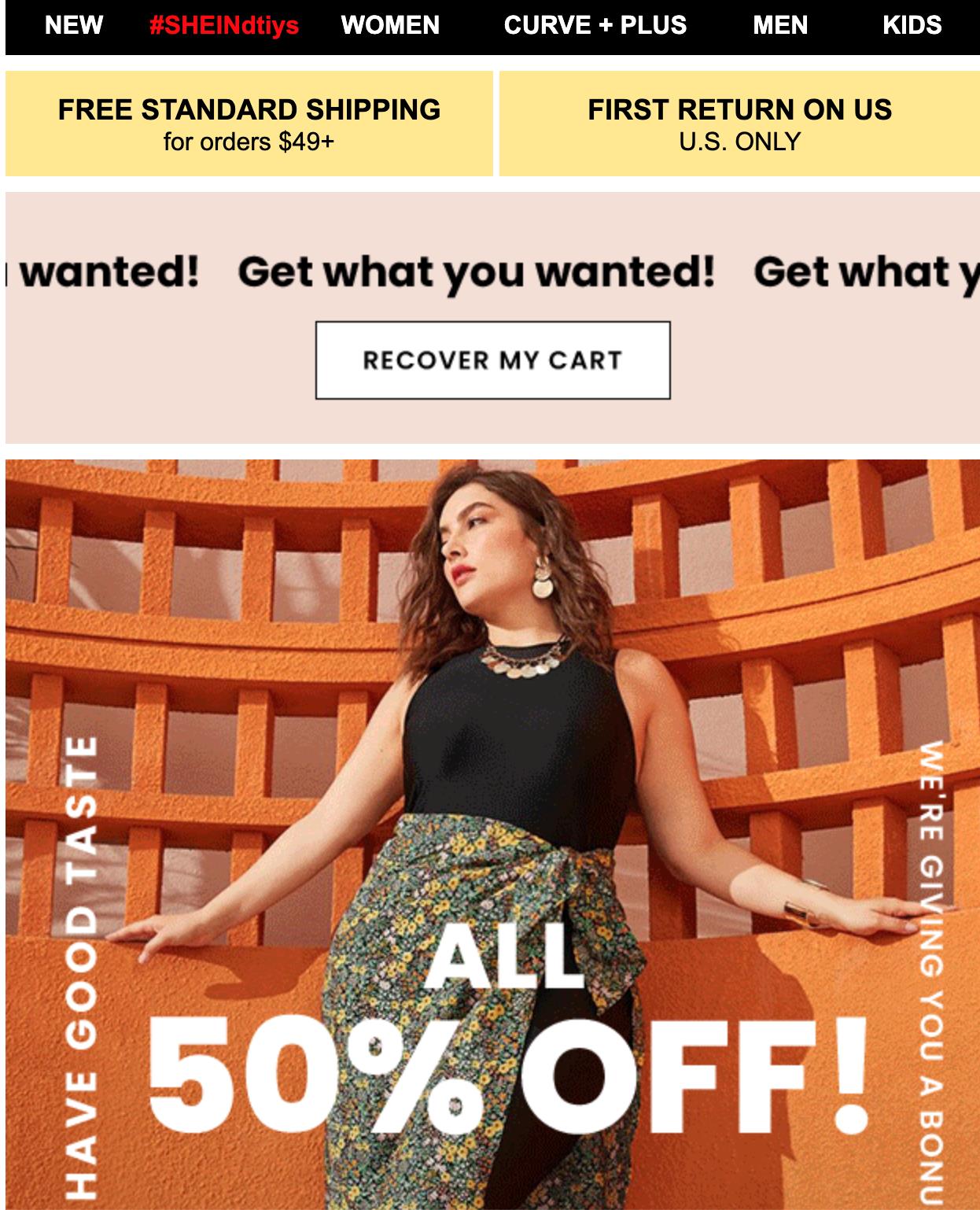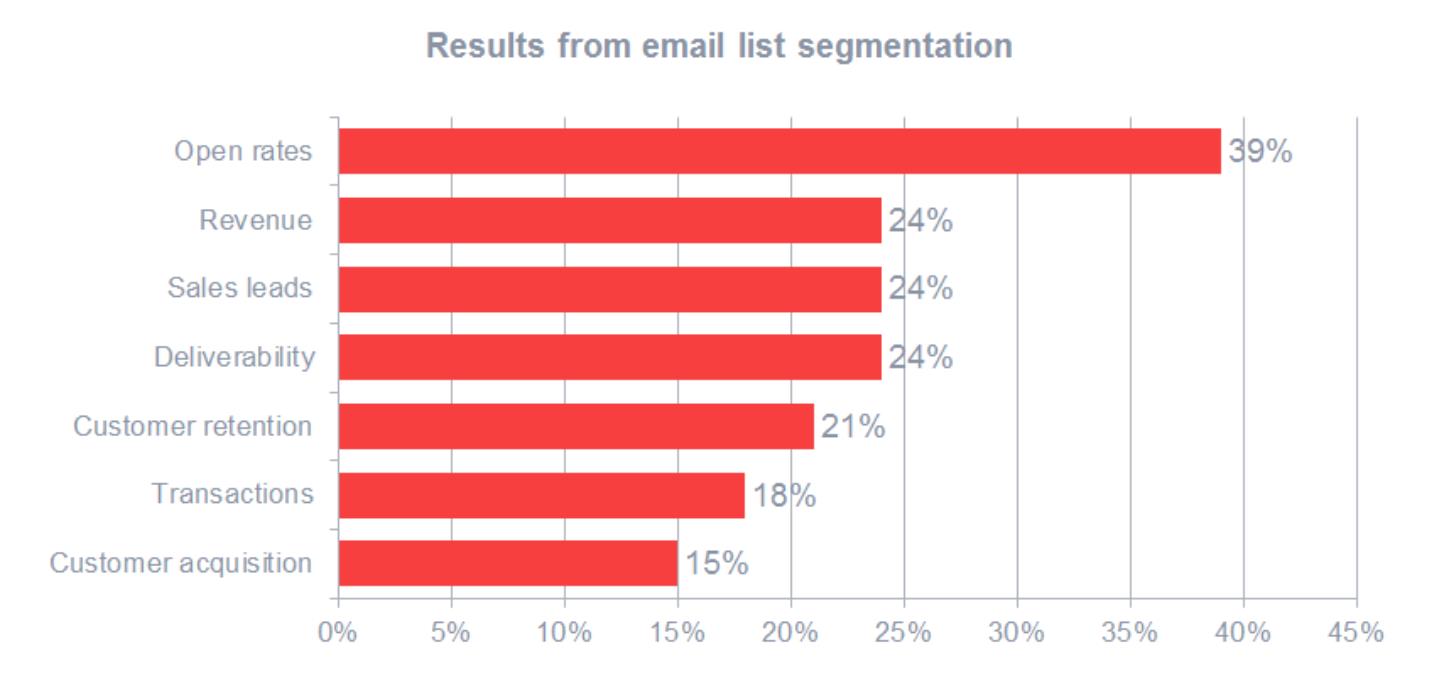If you're a business owner, particularly running an ecommerce business, there’s a good chance that you’re constantly feeling busy or overwhelmed just in hopes of getting sales. A study by The Alternative Board found that 72% of small business owners feel overwhelmed and 60% of business owners stated that they would prefer to have more time versus less work.

Entrepreneurs typically do a lot of different jobs. From sales and marketing, data analysis, to operations and serving customers, it’s not uncommon for the owner to juggle multiple jobs in their company. Eventually, though, ecommerce business owners have to delegate tasks among a full team of employees. Sometimes they can only afford to staff a few people. And the tasks they need to delegate may take up too much time to put on another employee's plate.
That's where ecommerce marketing automation comes in. It's the type of marketing that marketers rely on to improve campaigns in other areas, giving them time to do other marketing planning, testing, etc.
But the need for ecommerce automation in your marketing is a good sign, so it shouldn't seem like a daunting task to set up! It means your customer engagement is growing and will grow in the future. It could also mean people are interested in your products, like your pricing, or simply want to sign up for upcoming sales. Let's take a look at how to improve CRM, follow automation marketing strategies, and gather data to improve mar for your ecommerce business.
Table of Contents
- What Is Ecommerce Marketing Automation?
- Benefits of Automation for Ecommerce Businesses
- Ways to Implement Ecommerce Marketing Automation
- Designing Automated Email Marketing Campaigns
- What to Looks for in Marketing Automation Software
- How Much does the Average Marketing Automation Platform Cost?
- What's Next in Ecommerce Marketing?
What Is Ecommerce Marketing Automation?
Marketing automation refers to software that drives a company’s efficiency by streamlining their day to day marketing tasks and workflows. Marketing automation puts tasks like email nurturing, remarketing ads, and lead management automatically, so you can focus more on other areas of your business. Or get much needed sleep. Or get involved in person with current and potential customers.
In ecommerce, the most common example of marketing automation are email sequences. Marketers can create the messages they need to send when certain events or milestones happen such as a customer buying popular products, and then use an automation platform to ensure those events/milestones trigger the sending of those messages.
They enjoy the benefits of increased engagement without having to manually create each message from scratch and send them out, which would eventually become impossible to do.
Email marketing that is often automated, include:
- Order confirmations
- Shipping confirmations
- Birthday greetings
- Abandoned cart notifications
- Welcome messages for new subscribers
- Product abandonment messages
- Cross-sell and upsell messages
These campaigns are just examples of the many types of messages you can send to get leads to become customers.

Benefits of Automation for Ecommerce Businesses
There are dozens of benefits to setting up ecommerce marketing automation, whether it is more important for you to gain contacts, give discounts to new leads, or facilitate a customer's online return from your ecommerce store.
The following are probably the most beneficial things ecommerce businesses will notice right away after implementing automation software.
Saves Time
Most marketing automation software can handle time-consuming tasks such as populating information, generating reports, and creating workflows. With the right solution, you’re able to spend less time on tedious jobs and more time crafting winning campaigns.
Reduces Error
The tedious, time-consuming tasks we mentioned above can also lead to human errors, so automating such jobs can help ensure that your marketing initiatives are implemented without a hitch.
No Extra Workload
Thanks to marketing automation, engaging numerous customers can be done with minimal effort. Sending a personalized message to hundreds or even thousands of recipients can be done with nearly the same effort it takes to compose one email.
Improve Faster and Easier
Probably the biggest benefit to marketing automation is the fact that it makes improving your campaigns easier to revise. Because you’re not slowed down by the burdens of manual processes, you can create campaigns with more emails and send them out at a greater frequency. This increased deployment will give you more opportunities to discover where you can improve.
Ways to Implement Ecommerce Marketing Automation
You can take part in ecommerce marketing automation by sending automated emails, building captivating chatbots that interact with and collect prospective lead and customer information, or automating social media posts.
There are few types of software out there that can do all of this in one platform, but a few do. To plan out social channel campaigns and automate messages based on information collected from landing pages on those social pages, you will likely need a software that specializes in a landing page marketing automation strategy.
Here are the following goals you can accomplish with the right marketing automation software.
Welcome New Leads to Your Ecommerce Business
This is your opportunity to make the right first impression with a new customer or subscriber. Do this well, and your recipient will be much more likely to open the rest of your emails in the future. Fail to impress, and the likelihood of seeing a high open rate from this recipient will drop considerably.
When you first sign up, many companies will send a “welcome gift” along with a series of email marketing campaigns in the form of 2 months free unlimited access to its learning platform, for example. The welcome email also contains recommendations of popular classes to encourage users to explore their various programs.
Consider doing something similar to your campaigns. Think about the journey that your customers go through when they’re introduced to your brand, and then a craft a welcome series to ensure they stay engaged.
Win Back Customers with Abandoned Cart Emails
Abandoned ecommerce carts are a massive problem, one that is probably robbing your store of revenues you’ve worked so hard to earn.
Even worse, the problem grows as the screen size of the user shrinks. That’s scary during a time when more and more people are using mobile devices to go online.
Here’s the current breakdown of shopping cart abandonment rates by device:
- Desktop Computers: 73.1%
- Tablets: 80.7%
- Mobile Devices: 85.6%
The good news is that you can use an automated abandoned cart email to start reigning in the problem right away.
Here are a few more tips for creating abandoned cart emails:
- Build a well-crafted subject line. It’s what motivates readers to open your email. The best ones are clever, enticing, sometimes funny or cute, and always clear on what the email is about.
- Give a clear call-to-action. Avoid words like “buy” or “pay” in your abandoned cart CTAs. A gentler CTA like “return to your cart” gets people to take the next step (clicking) before the sale. The other words are too agressive and turn off potential customers from considering your brand. Short CTAs are usually the best bet, such as those that read "Please Enter" instead of something like "Buy the System to Bring in Revenue Today".
- Show off your product. People might not remember what products had them clicking the “add to cart” button. Use product photos to showcase exactly what your customer left in their cart.
- Use proof on social channels. Product reviews are highly-compelling. In your abandoned cart email, highlight positive reviews of the product that your contact left in their cart.
- Optimize emails for mobile use. More and more emails are being opened and read on mobile devices, even more so than on computers.
If someone ditched their cart because they generally don’t want those items, there’s no harm in sending them a reminder email. They weren’t going to purchase from you anyway. There's no downside to trying to win back customers through email!

Re-engage Inactive Subscribers
Similarly, just because someone is happy with their purchase, that doesn’t necessarily mean that the customer will be a source of returning business. They may sign up for your service but never really give it much attention, making cancellation an easy decision.
This is when an automated re-engagement campaign can be such a powerful asset. Like an abandoned-cart program, you really have nothing to lose. If someone is no longer interested in what your ecommerce company has to offer, what’s one more email?
On the other hand, it could dramatically increase the lifetime value of a customer who would have otherwise never contributed another penny to your revenues.
Collect Feedback from Automation Emails
If you’re not actively getting your customers to review their purchases, you could be leaving a lot of money on the table.
Fortunately, marketing automation makes it incredibly simple for you to encourage your reviews. Most software providers enable you to automate the feedback collection process, so they automatically get a review prompt from you after they make a purchase.
Even if a customer doesn't want to make a review on just one of the products, you can still send campaigns that offer a discount to give feedback on the business website, for example. This is often what growing businesses need.
When you have enough interactions and a need for CRM managing systems, you can safely ease your way out of sending survey or feedback emails.
Designing Automated Email Marketing Campaigns
There's actually a pretty simple set of steps for an ecommerce business to design emails for automation, no matter the purpose of the marketing campaign. Here are the steps that should be followed in order for successful email marketing.
- Choose and install an ecommerce marketing tool or software. To start, you’ll need easy-to-use email automation software (like TruVISIBILITY).
- Build and segment an email list. Have a list of subscribers to send automated emails to. It can be built organically with sign-up forms. Break up your list into smaller segments based on information like interests, behaviors, age, etc. Each contact can go into multiple lists if it applies. The best marketing software will guide you to manage contacts correctly, such as alerting you when you have contacts that have too many hard bounces.
- Set up automation triggers. A trigger is an event or condition that will activate the automated campaign (this includes a newsletter signup, an abandoned cart, a subscriber’s birthday, a lack of engagement for X days, etc.)
- Create email campaigns. Design the automated email by creating images, texts, call-to-action-buttons, discounts, brand logos, hyperlinks, and any other widgets you'd like to add. Make sure it matches your ecommerce marketing brand.
- Activate the automations. Choose the time to send the automated campaign and turn it on. Later, monitor how well it performs to find opportunities to improve.

There is a step excluded here that may include collecting data. In order to choose certain features you may need, you will need to know what features will attract your audiences. Do they tend to click on automated emails with sales advertised right away or do they more often click on emails if they are only sent one time a month? Or are your emails most successful when they have GIFs, another tool most platforms have.
A lot of this A/B testing will have to be done after choosing the best software for your marketing integrations and needs. Send a few campaigns out and see which features are most important to you. Do you want to test your subject lines or CTA button text? Click here to learn more about A/B testing.
What to Look for in Marketing Automation Software
While the nuances will vary from one solution to the next, most marketing automation programs work by automating tasks based on triggers and actions that you specify.
For instance, in email marketing, your automation software will enable you to create email streams consisting of a number of messages that are sent over a time period that you set.
Each stream has a trigger which would typically be an action taken by a lead. Common triggers include:
- Subscribing to your newsletter
- Adding something to their shopping cart or wishlist that they want to get
- Completing a purchase
- Not being active for a certain period
Streams can also be triggered or customized based on each user’s profile. For instance, you can create streams according to each user’s gender, location, purchase frequency, and more.
Email drips is an important part of email automation planning, so there may be other features you want from and email marketing software that doesn't fulfill your need. For example, you may also want to send automated SMS campaigns to get a higher chance of responses from your audience. Make sure you draw up a list of things you would want to get out of a software before picking one.
How Much does the Average Marketing Automation Platform Cost?
Aside from having the features you need, a software should also fit the budget of any growing business. We suggest doing research on other similar businesses to see how much they put towards their marketing. What portion of marketing will get you the best results?
Generally, if you send over 1,000 emails to current and potential customers, you will be paying upwards of $100 per month to $400 and $500 per month if you send over 300,000 emails each month.
Top Marketing Automation Platforms
Let's say you just want a marketing automation platform to send an email campaign to customers and leads that take a single action on your site. The following marketing automation platforms can do that and so much more.
TruVISIBILITY
Being one of the most affordable (free) pricing ranges from an email marketing platform found on Google, TruVISIBILITY also offers complete website design services. This makes building a website, landing pages, chatbots, and email campaigns easy as these integrations will only simplify the automation process.
You won't need to get a separate product in order to send messages to another platform's landing page that you've used. This all-in-one platform also has templates that are high-converting for landing pages, chatbots, and email campaigns.
And no worries if your business grows. The pricing will consistently be affordable and will not raise. Check it out below.
[truvis]
ActiveCampaign
Particularly good with abandoned cart emails, ActiveCampaign has a superior email platform with all the right email templates for other non-automated emails.
Want to also get leads to make a purchase and become customers by personalizing the emails you send? You can send mass personalized emails that seem to speak to certain segmented groups.
Much like Mailchimp and Drift, ActiveCampaign lands a little more on the expensive side. It can be a great platform to begin when starting a small business, but expect to pay a lot more once you send over 1,000 emails.
Bluecore
Bluecore Communicate is the software for email messaging. They, too, have templates, but a slightly steeper pricing point and is different for each client based on his or her needs.
Bluecore does pride itself, however, in giving clients predictable insights into how their customers respond to sales. This data seems to be reliable as it also offers SMS campaigns that can be automated, which is why it is one of those on our list of better marketing software for automation.
What's Next in Ecommerce Marketing?
Ecommerce marketing is scary enough without having to worry about email messages being sent to the right audience or setting up marketing automation systems with little to no budget. Ecommerce companies rely solely on internet traffic in order to test their marketing to begin with. This is why automation is the best way to garner leads and nurture customers that have been inactive within your campaigns.
You can set up automation for your email marketing pertaining to a particular product or an action your leads take, whether on your business website or one of your social channels.
The connection between landing pages and email marketing automation go hand in hand. Make it easy on yourself and look for marketing automation software that offers ecommerce email marketing along with a landing page builder that you can integrate your email campaigns with.
Get the most out of your growing business so you can focus on one thing at a time with the help of marketing automation. Want a favorable ROI with whatever software you choose? We get it. Sign up for free to quickly send your first campaign today. Because pricing should never be an issue.
Want to receive more articles?
Sign-up for our weekly newsletter to receive info that will help your business grow





